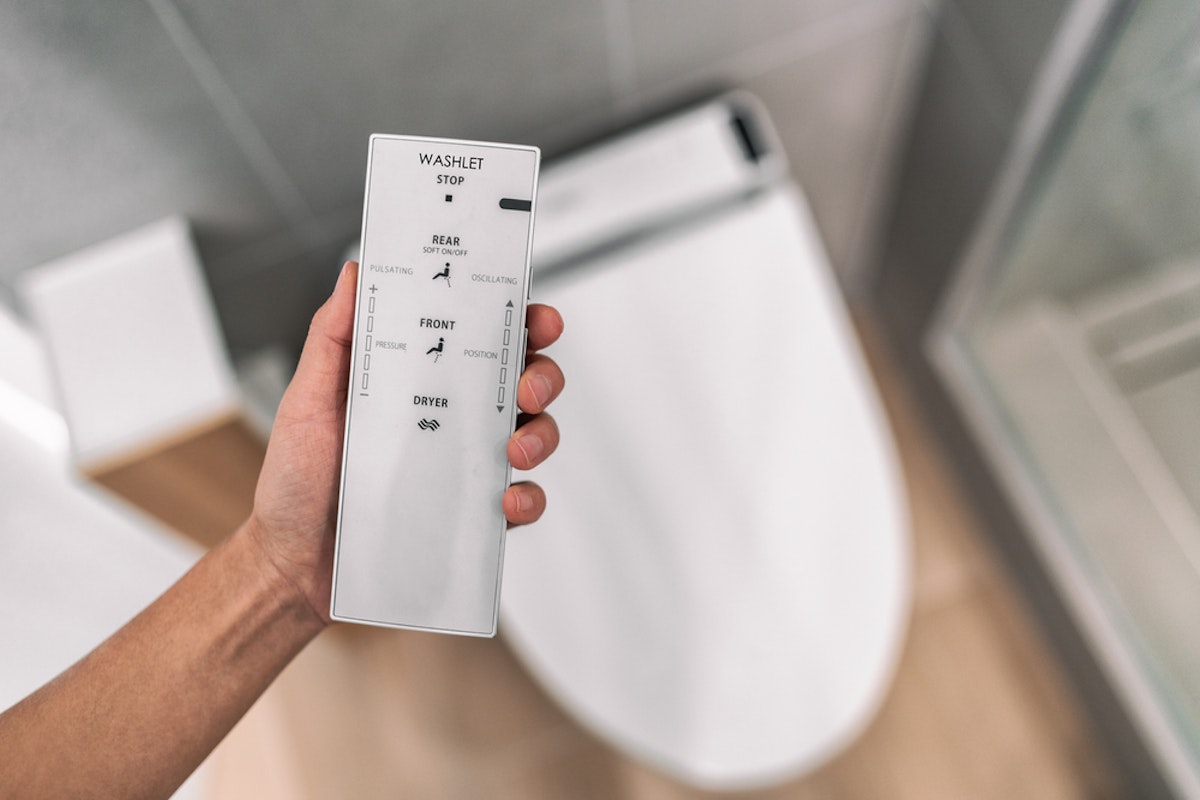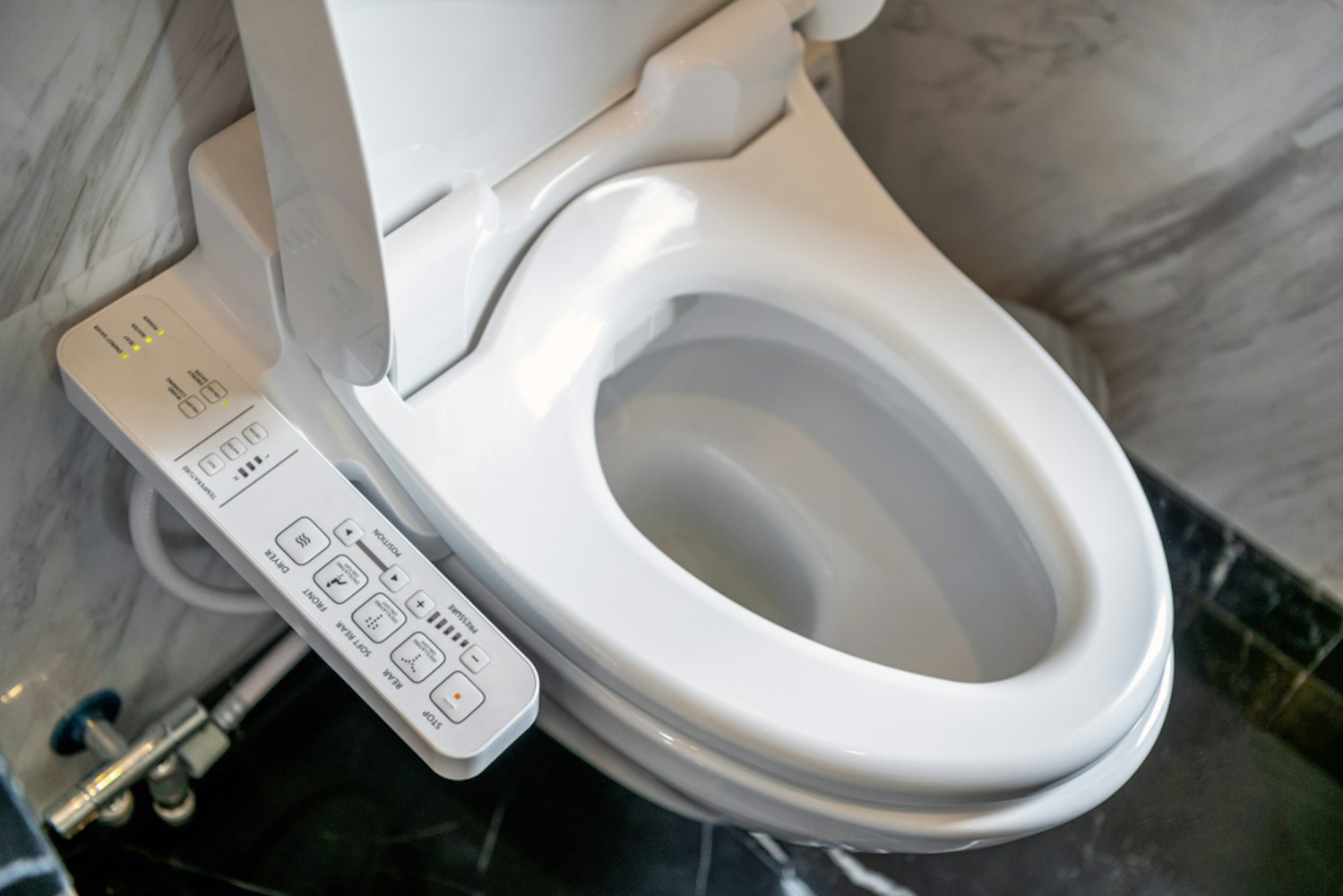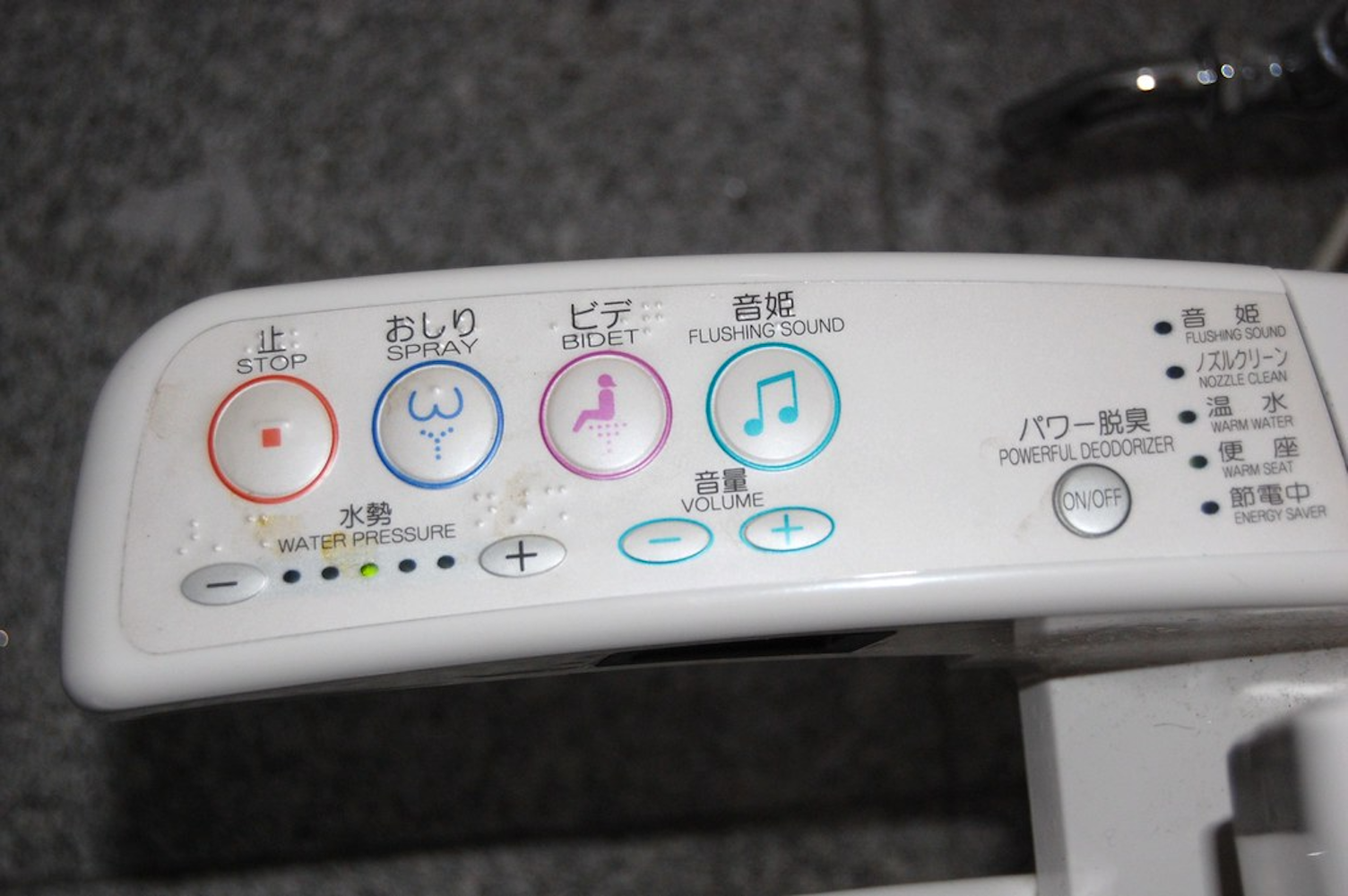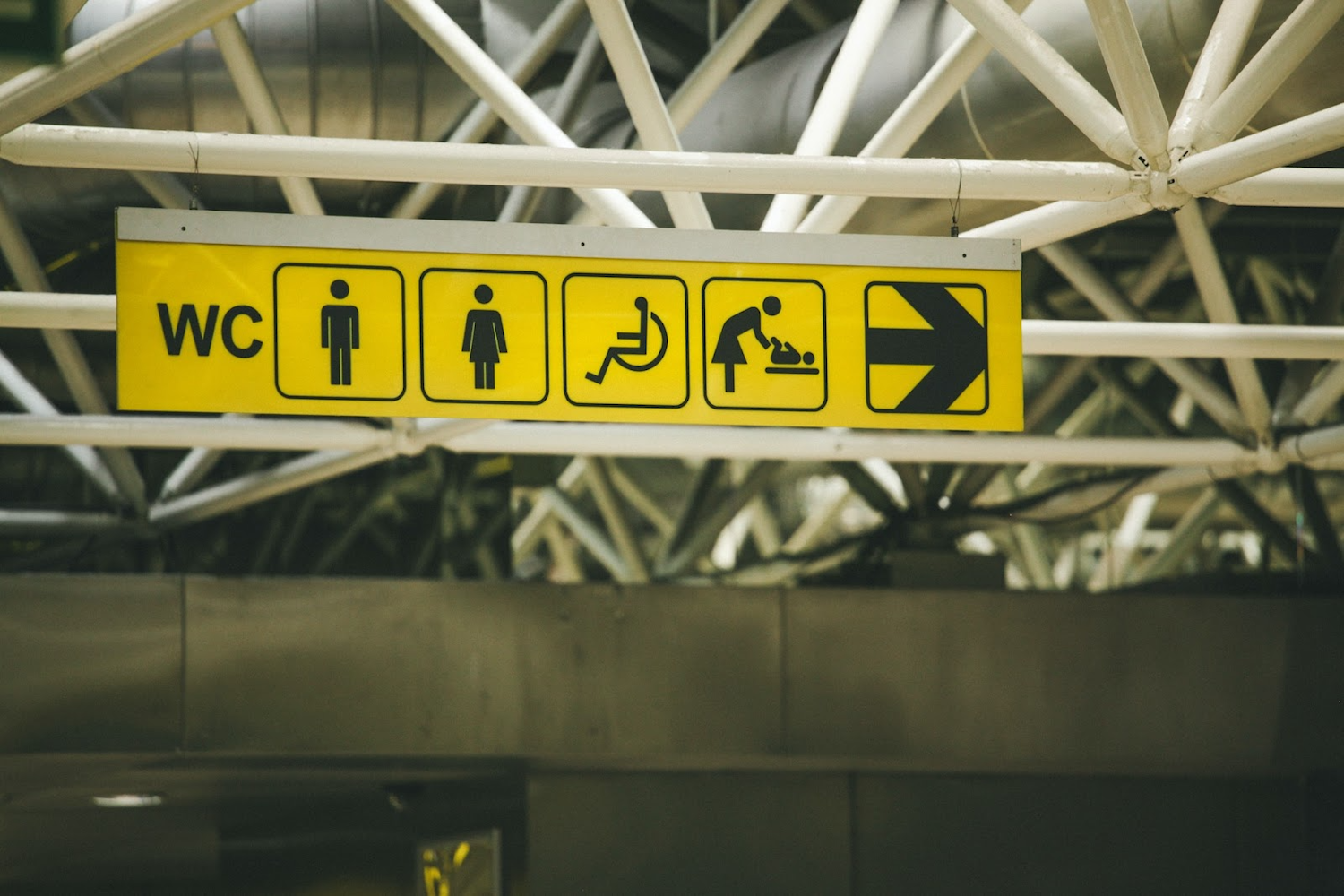

Imagine stepping into a world where technology and innovation elevate even the most mundane aspects of everyday life. Welcome to Japan, a country that has turned the simple act of using a restroom into an experience worthy of admiration and intrigue.
As a traveler, you'll soon find that Japan's high-tech toilets offer unparalleled comfort, hygiene, and convenience. From heated seats that welcome you with warmth to self-cleaning nozzles that maintain hygiene, these smart toilets are a unique aspect of Japan's culture that is worth experiencing.
In this ultimate guide, we'll take you on a fascinating journey, exploring the impressive features of these cutting-edge restrooms and providing practical tips to navigate them with ease. So, prepare to embrace a new level of bathroom luxury, as we uncover the secrets of Japan's extraordinary high-tech toilets for travelers.
Japan's rich history and culture can be observed through its public restrooms. There are two types of toilets that you'll encounter in Japan: the traditional squat toilet and the modern marvel of high-tech toilets, also known as washlets.
The squat toilet, also known as a "squatting pan," is the traditional style of toilet used in Japan. It's a simple, floor-level basin that requires the user to squat down over the bowl. These types of toilets are still prevalent in many public restrooms throughout Japan, particularly in older buildings, public parks, and rest stops.

While they may seem uncomfortable to those unfamiliar with them, squat toilets offer several benefits. For instance, they're more hygienic than seated toilets, as they reduce contact with the toilet seat.
In contrast to squat toilets, Japan's high-tech toilets, or washlets, offer a luxurious and comfortable experience that is unique to Japan. The washlet is a state-of-the-art toilet that features advanced technology to enhance your bathroom experience. Washlets are equipped with a control panel that offers various features, such as bidet functions, heated seats, and deodorizing options.

Washlets can be found in a variety of locations, including hotels, shopping malls, and public restrooms. You'll be impressed by their modern design and the way they make your restroom experience more comfortable and refreshing.
If you're visiting Japan, you can't miss experiencing the country's famous high-tech toilets. These toilets are equipped with luxurious features that go far beyond the basic functions of a standard toilet. Here are some of the impressive features that make Japanese high-tech toilets stand out:
Heated seats: One of the most noticeable features of Japanese high-tech toilets is the heated seat. This can be a welcome relief during the colder months, especially if you're traveling from a warmer climate.
Bidet sprayers: Bidet sprayers are a common feature in Japanese high-tech toilets. These sprayers, also known as "washlets," allow you to clean yourself with warm water after using the toilet. They can be controlled using a panel on the side of the toilet or a remote control.
Air dryers: Many Japanese high-tech toilets are equipped with air dryers, which allow you to dry yourself off after using the bidet sprayer. This eliminates the need for toilet paper and is also more environmentally friendly.
Deodorizers: To keep the bathroom smelling fresh, many Japanese high-tech toilets are equipped with deodorizers. These can be activated automatically or manually and work to neutralize any unpleasant odors.
Sound effects: To maintain privacy and mask any unpleasant sounds, many Japanese high-tech toilets are equipped with sound effects. These can include running water, music, or even nature sounds.
Automatic lids and flushing: Many Japanese high-tech toilets are equipped with automatic lids and flushing systems. This means that the toilet lid will automatically open and close when you approach or leave the toilet. The toilet will also automatically flush once you're finished using it.
When it comes to high-tech toilets in Japan, the control panel is where all the magic happens. While it may seem daunting at first, understanding how to use the different functions is essential for getting the most out of your experience. Today, we'll take a closer look at the control panel and provide some tips for using it effectively.

The control panel of a high-tech toilet in Japan is typically located on the side of the bowl or on a remote control. Some toilets also have a control panel located on the wall. Before using the toilet, take a moment to locate the control panel or remote control, so you can navigate the different features without any confusion.
While every high-tech toilet may have slightly different buttons and functions, here are some of the most common ones you'll encounter:
The Rear Wash function is designed to clean your posterior with a spray of warm water. The water pressure and temperature can be adjusted using the buttons on the control panel. Some high-tech toilets also have a nozzle that moves back and forth to provide a more thorough cleaning.
The Front Wash function is designed to clean your genital area with a spray of warm water. As with the Rear Wash function, the water pressure and temperature can be adjusted using the buttons on the control panel.
The Dry function is used to blow warm air over your posterior or genital area, drying it after using the wash functions. The air pressure and temperature can be adjusted using the control panel.
The Soft button is used to reduce the water pressure or air pressure when using the wash or dry functions. This can be useful for those with sensitive skin or who find the standard pressure too strong.
The Stop button is used to stop the wash or dry functions at any time. This can be useful if you need to pause the function for any reason or if you accidentally activate it.
Using a high-tech Japanese toilet for the first time can be overwhelming, but with a few simple tips and tricks, you can enjoy a smooth and luxurious experience. Here are some tips for a smooth experience.

The Stop button is an essential feature of a high-tech Japanese toilet. It allows you to stop the wash or dry function at any time, which can be useful if you need to pause the function for any reason or if you accidentally activate it. Mastering this button is essential to avoid any confusion or discomfort.
Before using the wash function of a high-tech Japanese toilet, it's important to test the water pressure and temperature. Adjust the water pressure to your liking using the control panel, and make sure the water temperature is comfortable for you. This will ensure that you have a pleasant and comfortable experience.
While high-tech toilets in Japan are incredibly convenient and hygienic, not all public restrooms will have these luxurious features. That's why it's always a good idea to pack some tissues or toilet paper in your bag when venturing out. This will ensure that you're prepared for any restroom situation and can stay clean and comfortable.
High-tech Japanese toilets come with a variety of functions, each designed to provide a luxurious and convenient experience. Don't be afraid to experiment with the different wash and dry functions, as well as any additional features such as heated seats and deodorizers. By testing out the different functions, you'll be able to find the settings that work best for you.
When traveling to Japan, it's important to be aware of the country's unique restroom etiquette. By following a few simple guidelines, you can ensure that you're being respectful of the local culture and making the restroom experience more pleasant for everyone.

One of the most important aspects of Japanese restroom etiquette is respecting the queue. In busy public restrooms, there may be a line of people waiting for their turn. To show respect for others, it's important to wait patiently in line for your turn. Additionally, priority seating is often reserved for elderly, pregnant, or disabled individuals, so it's important to observe these designations.
Another key aspect of Japanese restroom etiquette is maintaining cleanliness. This means wiping the seat if needed before leaving, flushing properly, and ensuring no residue remains.
It's also important to dispose of any paper towels or other waste in the proper bins provided. By keeping the restroom clean and tidy, you're showing respect for others and making the experience more pleasant for everyone.
In Japan, there is a strong emphasis on being mindful of others in public spaces. This extends to the restroom as well, where it's important to be aware of noise levels.
This means keeping phone conversations outside the restroom and using headphones if listening to music or watching videos. By being considerate of others, you can make the restroom experience more comfortable and enjoyable for everyone.
Did you know that high-tech toilets in Japan have been influenced by manga and anime? In the popular manga and anime series, "Toilet-Bound Hanako-kun," the main character is a ghost who resides in a high-tech toilet. This has helped to further popularize high-tech toilets in Japan and around the world.
Additionally, in Japan, there is even a "Toilet Day" celebration held on November 10th, which highlights the importance of toilets in daily life and encourages the development of innovative toilet technology.

Uncover Tokyo's vibrant otaku culture on a personalized tour.



